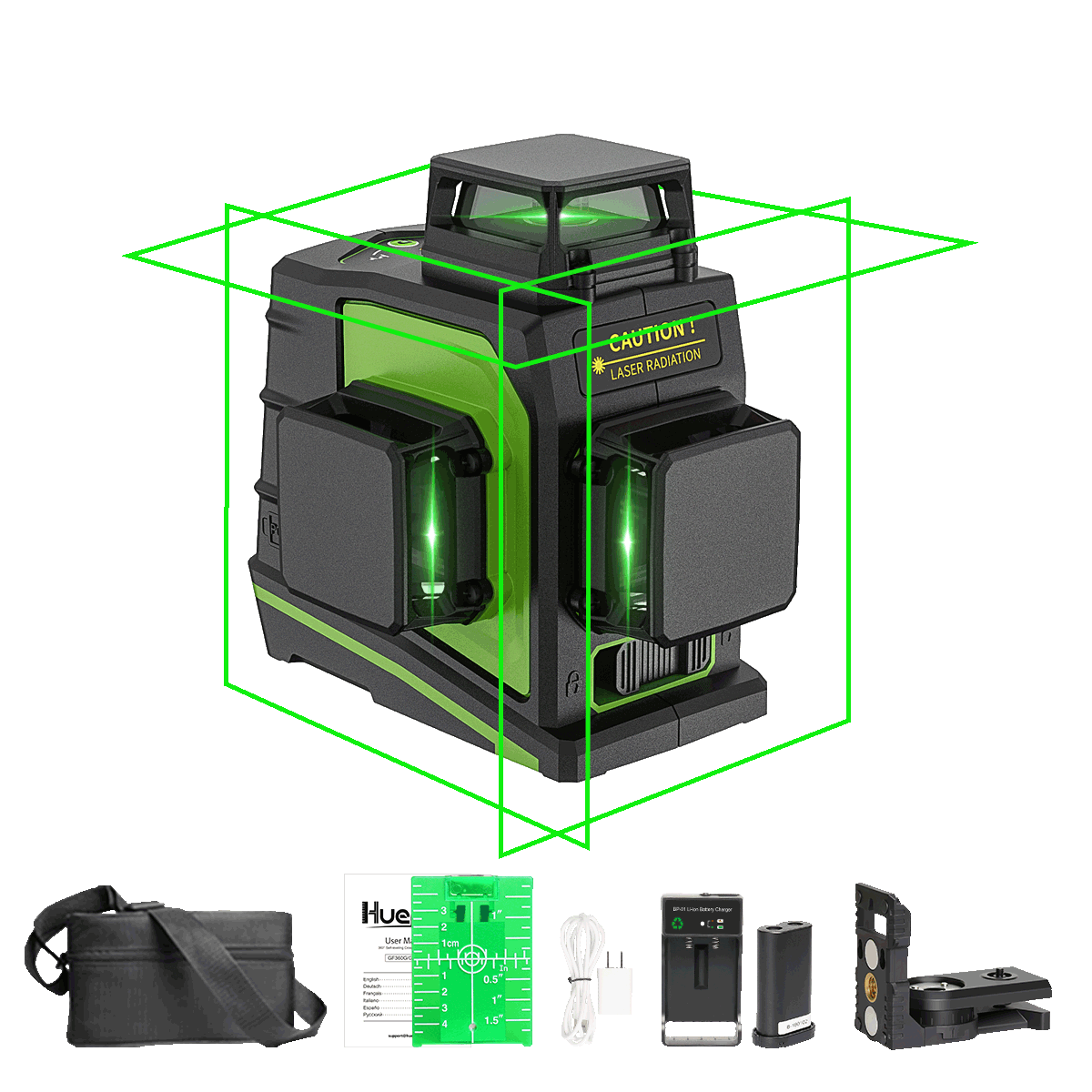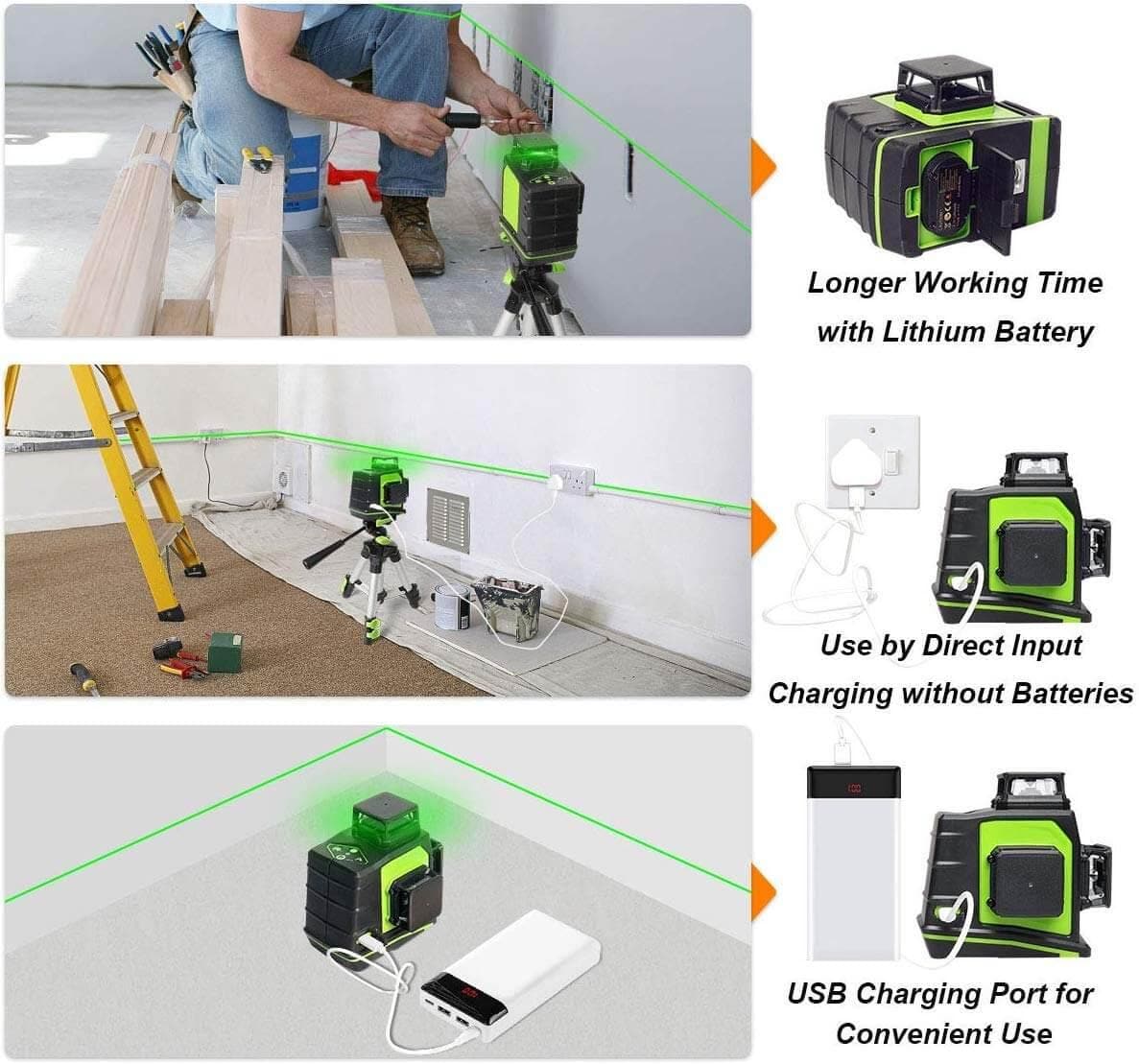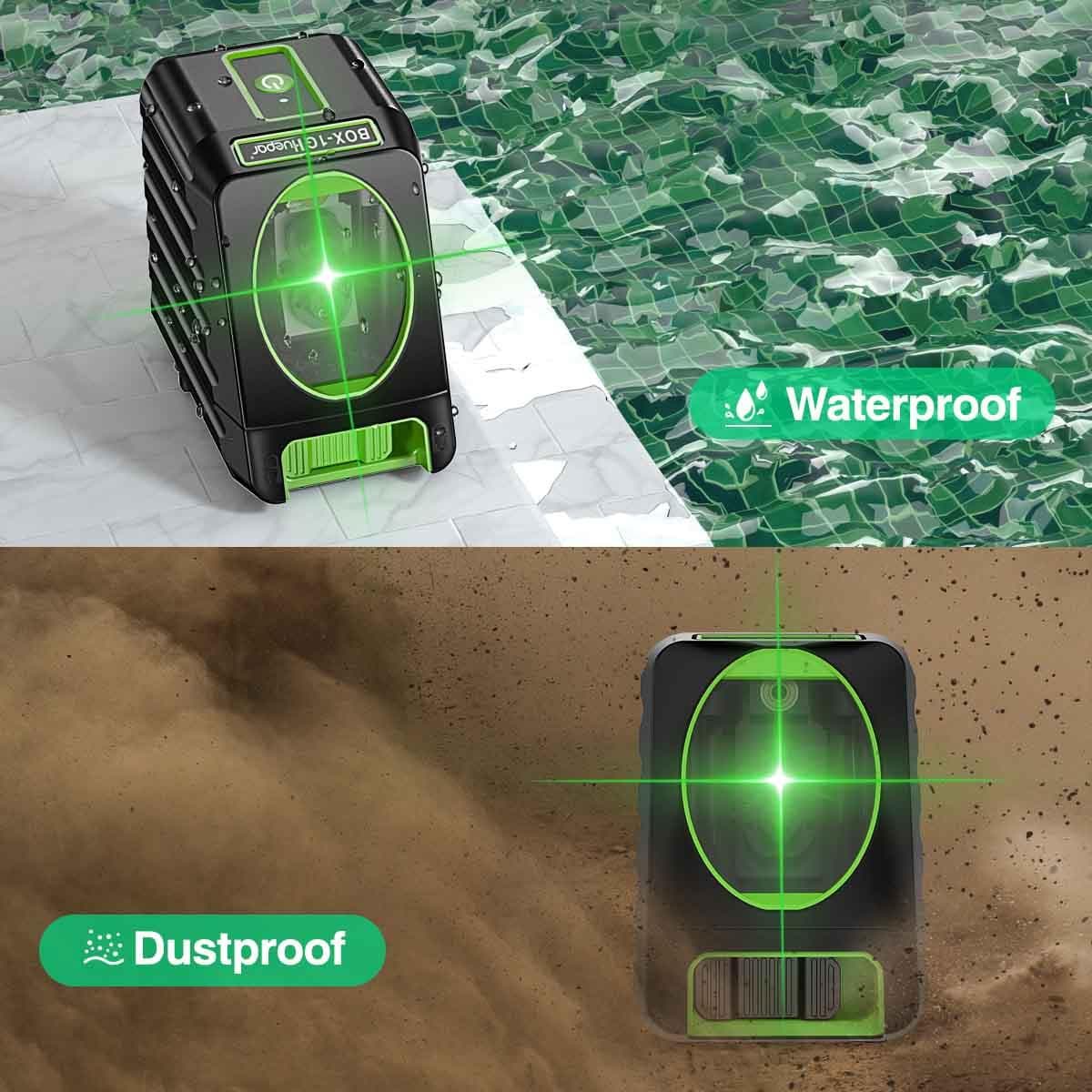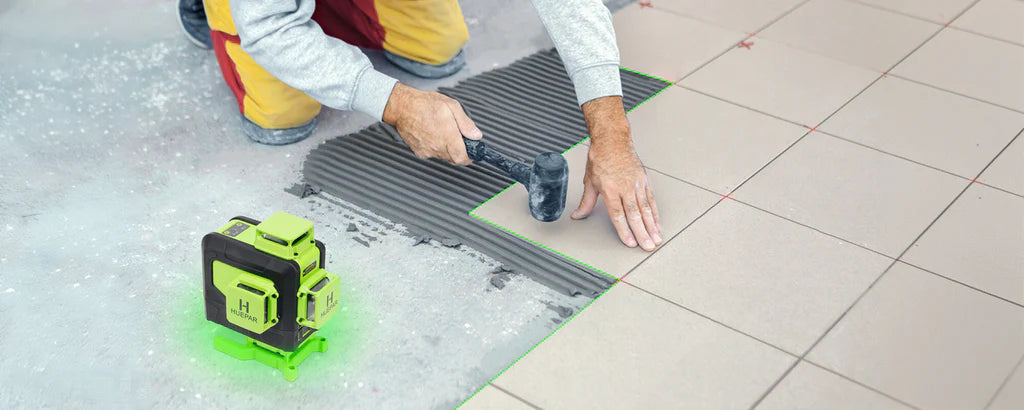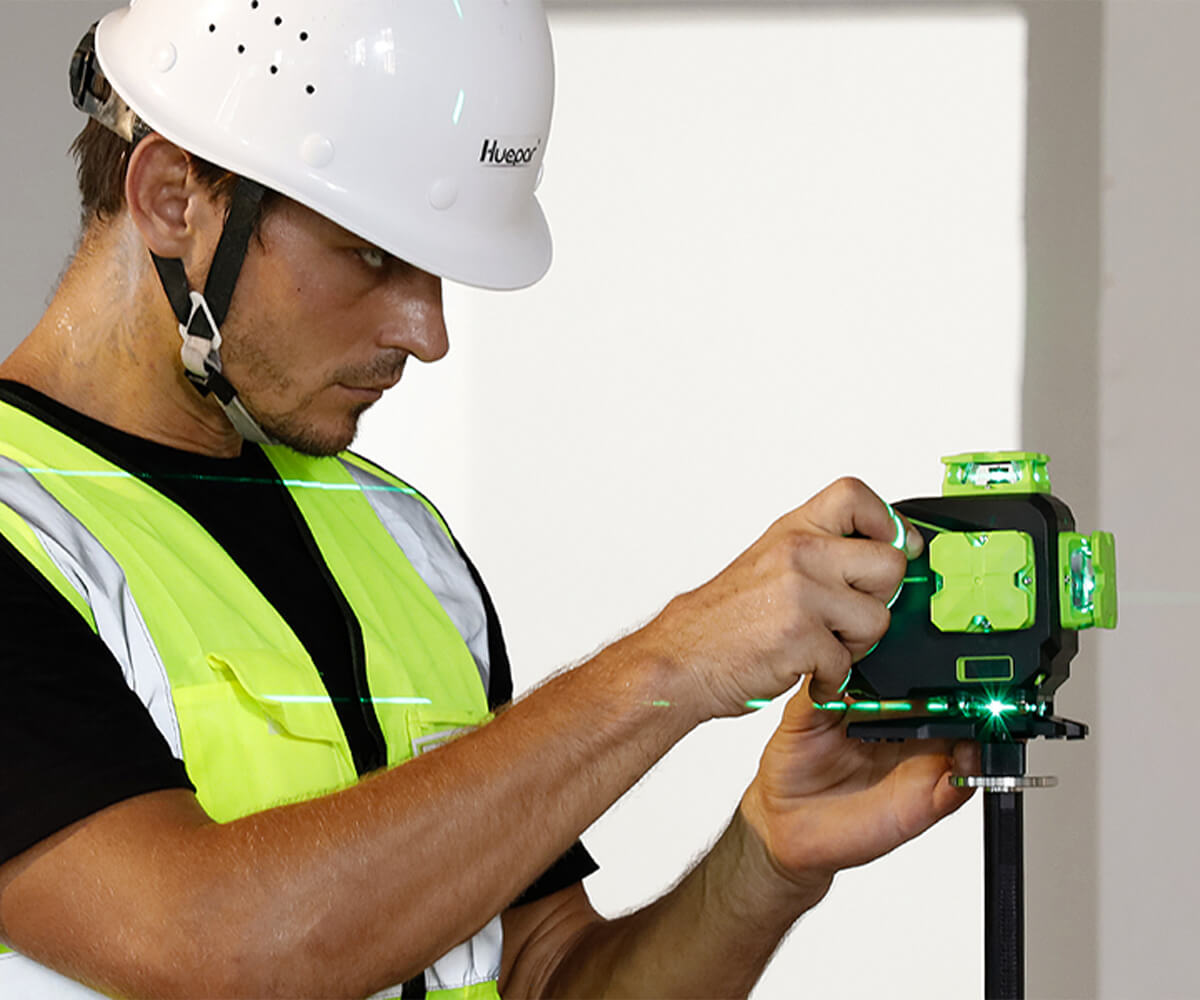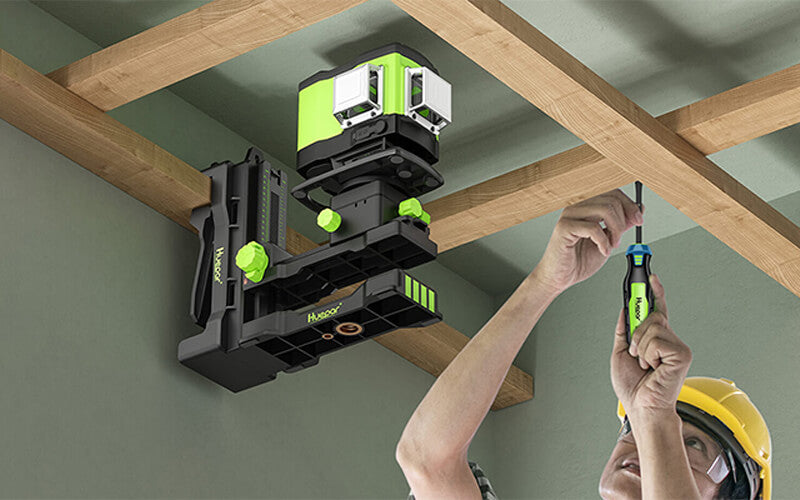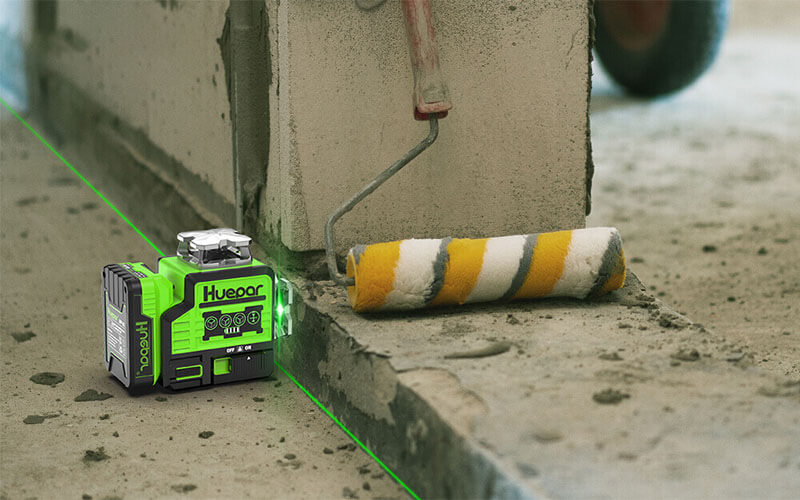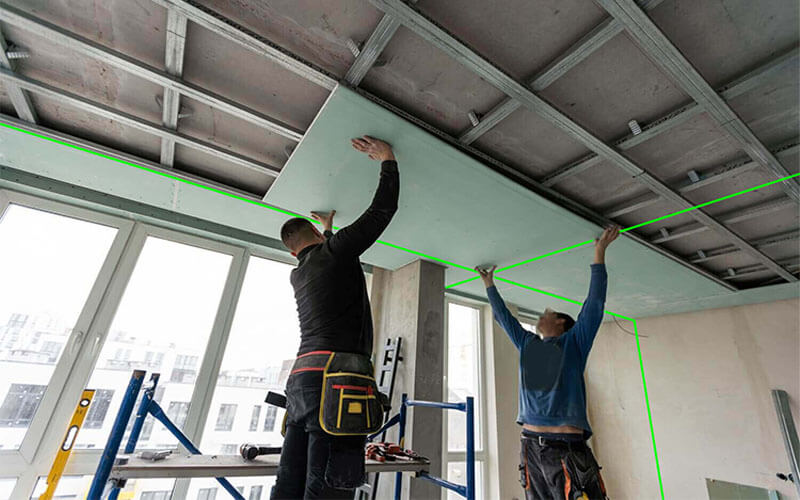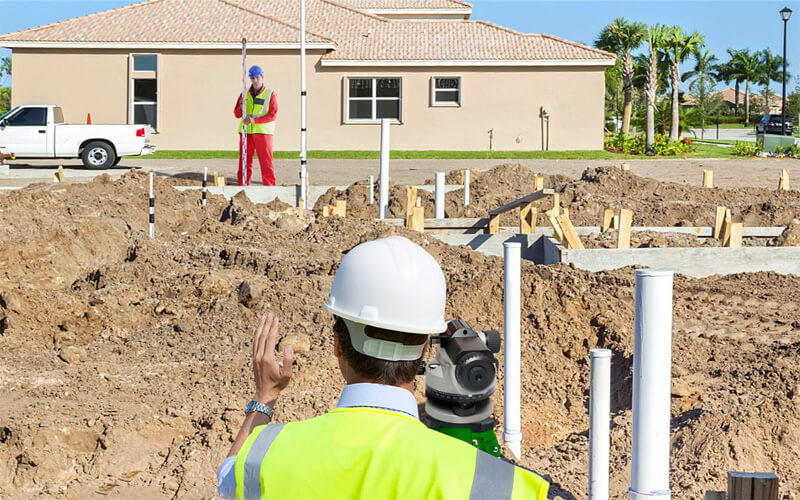
Unlocking the Potential of 3D Laser Levels: An In-Depth Guide to Precision Measurement
Understanding Laser Levels and Their Types
What Are Laser Levels?
Laser levels are modern tools used in building and construction. They project a straight line of light on surfaces. This light shows where a level line is. The tool uses a laser, which is a strong, focused beam of light. It helps builders and workers make things like walls and floors straight. They can also check angles with the laser. There are many types of laser levels for different jobs. They make building work faster and more exact.

Differentiating Between 2D, 3D, and 4D Laser Levels
Laser levels come in several forms and each serves different needs. 2D laser levels emit a single line along one plane, which is good for basic tasks like hanging pictures. 3d laser levels project both horizontal and vertical lines at the same time. This creates a cross point where the lines meet. They are ideal for more complex layouts, like cabinetry or tiling. 4D laser levels offer the same features but add a 360-degree turn function. This lets users project lines at any angle around a room. Knowing these differences can help pick the right tool for your project.
How Laser Levels Work and Their Applications
Laser levels are tools that project a straight line onto a surface. They use a laser beam to create a level line. This helps workers align objects or check flatness. Laser levels have sensors. These detect when the tool is level or plumb. There are several types. Some project lines on walls. Others cast lines across a room. There are also 3D levels. These show lines on all sides of a room. Workers use them for tasks like installing lights. They're handy in carpentry, tiling, and more. Laser levels ensure precision in projects. They help with jobs like framing and piping. 3d laser levels go one step further. They give a full view of the job, making complex setups easier. They are very useful in big construction works. They help with tasks that need high accuracy. Understanding how they work can improve efficiency. It also ensures better end results in building projects.
In-depth Look at 3D Laser Levels
Benefits of Using 3D Laser Levels in Construction and Renovation
3d laser levels offer many benefits for construction and renovation. Here's a list for clarity:
- Accuracy and precision: They project exact plumb and level reference lines across surfaces. This aids in accurate measurements, cutting, and alignment tasks.
- Time-saving: With quick setup and one-person operation capability, they speed up layout and installation.
- Versatility: They are suitable for indoor and outdoor work, applicable on various surfaces.
- Multidimensional layouts: Enables simultaneous vertical and horizontal leveling, facilitating 3D room measurement and layout.
- Reduced errors: The clear, bright lasers help avoid common manual measurement mistakes.
- Increased productivity: Workers can complete tasks more quickly without second-guessing their accuracy.
- Ease of use: They often come with user-friendly interfaces and features like self-leveling.
These advantages make 3d laser levels indispensable tools in construction and renovation.
Key Features and How to Choose the Right 3D Laser Level
When selecting a 3D laser level, consider crucial features. Look for range, accuracy, and self-leveling capabilities. A long battery life and multiple mounting options offer flexibility. Durability is key for tough job sites. Some 3D levels also come with Bluetooth for easy data transfer. Brightness levels and visibility are important. Check if the device is compatible with tripods or has a magnetic base. Make sure the model suits your specific project needs for a wise investment.
Best Practices for Operating 3D Laser Levels Safely and Effectively
To use 3d laser levels effectively, follow these key practices. First, read the manual. Each model has unique features. Setup your device on a stable surface to prevent errors. Check the calibration often to ensure accuracy. Keep the laser lens clean for a clear beam. Avoid direct eye exposure to the laser. Use indoors for better visibility or use a detector for outdoor use. Protect the device from dust and water damage. By following these tips, you can operate your 3D laser level safely and get the best results.
Advancements and Comparisons in Laser Level Technology
Cross Line vs. 3D Laser Levels: Which One Suits Your Project?
Laser levels have changed how we measure and align in projects. Both cross line and 3d laser levels have roles to play. But which is right for your work? Cross line models cast fixed horizontal and vertical lines. These are good for simple tasks like hanging pictures or tiling. 3D laser levels are more advanced. They project lines across all three planes. This allows full room layout with one tool. They suit professional tasks in construction and renovation. When choosing between them, think about your project's complexity. For basic jobs, a cross line laser might be enough. For more detailed work, a 3D laser level is better. Always consider your project needs when picking a laser level.
Exploring the Leading Brands and Models in the 4D Laser Levels Market
Laser level tech keeps moving forward, and 4D laser levels are on the cutting edge. Big brands have stepped up, bringing out models packed with features. Let's check out the top picks. Companies like Dewalt and Bosch lead the way. They pack their 4D lasers with things like green beams for clear lines. Other brands like Topcon and Spectra Precision aren't far behind. They focus on long battery life and easy use. For big jobs, Leica and Hilti offer rugged tools that last. No matter the project, there's a 4D laser level to match. It's all about finding one that fits your needs.
Future Trends in Laser Level Technology and Their Potential Impact on Industry Standards
As we look ahead, the future of laser levels is bright with innovative trends shaping the industry. Advancements such as increased battery life, integration with smart technology, and improved accuracy are on the horizon. These trends will likely establish new industry standards and enhance productivity. For professionals and DIY enthusiasts alike, staying informed about these developments is crucial to selecting the most advanced and efficient tools for future projects.


